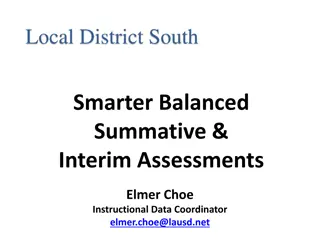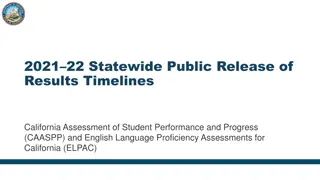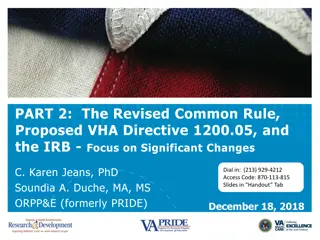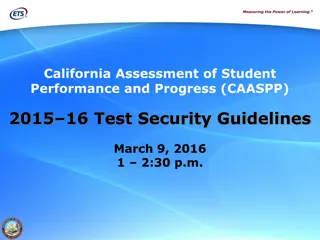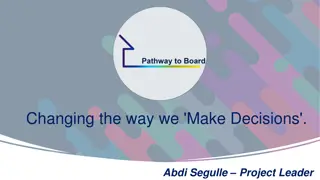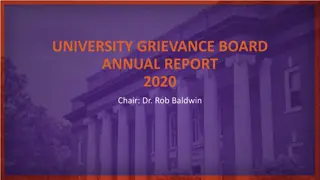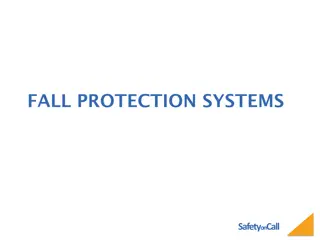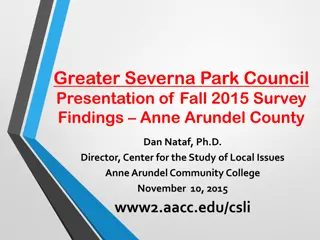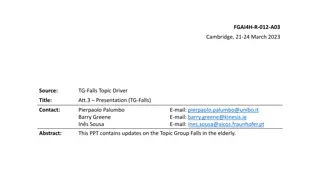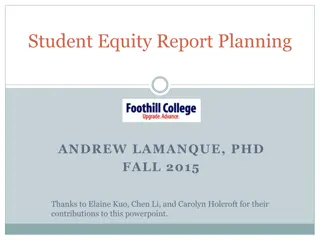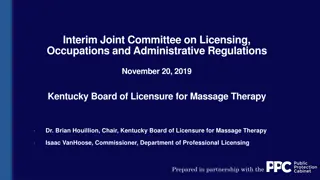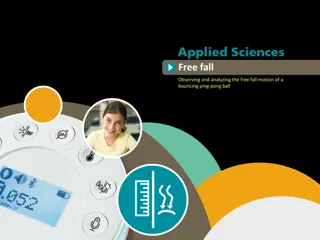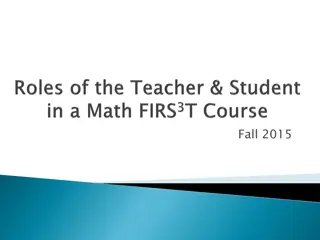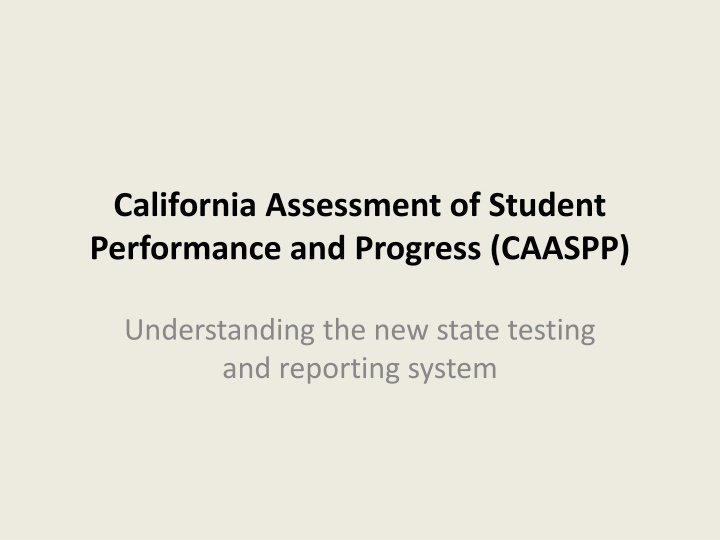
California Assessment of Student Performance and Progress (CAASPP)
"Explore California's new state testing and reporting system, CAASPP, replacing STAR. Learn about the assessment program, computer adaptive testing, interim assessment benchmarks, and the importance of measuring student growth over time. Discover how to interpret baseline scores and overall achievement levels for ELA and mathematics." (299 characters)
Download Presentation

Please find below an Image/Link to download the presentation.
The content on the website is provided AS IS for your information and personal use only. It may not be sold, licensed, or shared on other websites without obtaining consent from the author. If you encounter any issues during the download, it is possible that the publisher has removed the file from their server.
You are allowed to download the files provided on this website for personal or commercial use, subject to the condition that they are used lawfully. All files are the property of their respective owners.
The content on the website is provided AS IS for your information and personal use only. It may not be sold, licensed, or shared on other websites without obtaining consent from the author.
E N D
Presentation Transcript
California Assessment of Student Performance and Progress (CAASPP) Understanding the new state testing and reporting system
California Assessment of Student Performance and Progress (CAASPP) California s new assessment program (replacing STAR) for Grades 3, 4, 5, 6, 7, 8, and 11 California Standards Test (CST), CMA, CAPA Science grades 5, 8, and 10 First statewide administration: spring 2015. Two subject areas only: o English Language Arts (ELA)/Literacy o Mathematics A single measure to assess student progress one tool to gauge what students know and are able to do. o Used to instructional decision making
California Assessment of Student Performance and Progress (CAASPP) - continued Comprised of real-world test items and performance tasks: ocritical thinking oproblem-solving oapplication of knowledge and skills Computer Adaptive: test questions are tailored to more accurately identify knowledge and skills Designed to measure student growth over time. Interim Assessment Benchmarks for ELA/Math
Why CAASPP? New standards (California State Content Standards) a new name for Common Core New skills students must have to succeed in today s global, knowledge-based economy New teaching methods and strategies Needed to measure student performance against the new state standards over time (which was not possible under STAR)
Avoiding Misrepresentation of Results 2014-15 was starting point. These results are best viewed as a baseline. The results are best used on helping each student make as much progress as possible, next year and beyond. CAASPP is a big adjustment for all. o New skills being taught o New technologies learned 5
Understanding Baseline CAASPP Scores Two Components 1. Overall scores: Each student will receive an overall score for English language arts/literacy (ELA) and mathematics, expressed as a number between 2000 and 3000. 2. Achievement levels: Each overall score falls into one of four achievement levels: standard not met, standard nearly met, standard met, and standard exceeded. 6
Overall Achievement Level Descriptors Standard Exceeded Demonstrates advanced progress toward mastery. Standard Met Standard Nearly Met Demonstrates progress toward mastery. Standard Not Met May require further development for success in future coursework. Needs substantial improvement for success in future coursework. Source: http://www.cde.ca.gov/ta/tg/sa/index.asp.
What Do Our Scores Tell Us? Highlight students' strengths and areas in need of support in key skill areas for both ELA/Literacy and Mathematics Each skill area is known as a Claim (4 for ELA/Literacy and 3 for Mathematics): ELA/Literacy Claims: Mathematics Claims: Reading Concepts & Procedures Writing Problem Solving & Data Analysis Speaking and Listening Communicating Reasoning Research/ Inquiry
Claim-Level Performance Unlike Overall Scores, A student s claim performance falls within one of three levels: o Above Standard o At or Near Standard o Below Standard 9
ELA/Literacy % Met or Exceeded 81 74 66 65 64 61 59 56 48 PGUSD 45 44 44 43 40 County 38 37 33 32 State 30 27 23 Grade 3 Grade 4 Grade 5 Grade 6 Grade 7 Grade 8 Grade 11
Math % Met or Exceeded 58 57 54 53 53 52 51 40 35 34 PGUSD 33 33 30 29 County 25 23 State 21 19 19 19 18 Grade 3 Grade 4 Grade 5 Grade 6 Grade 7 Grade 8 Grade 11
ELA/Literacy % Per Achievement Level 20 24 23 35 35 38 44 Exceeded 36 46 40 Met 26 27 39 Nearly Met 37 Not Met 17 27 22 25 24 18 14 21 14 13 10 10 8 5 Grade 3 Grade 4 Grade 5 Grade 6 Grade 7 Grade 8 Grade 11
Math % Per Achievement Level 21 25 24 24 26 30 30 33 26 29 Exceeded 32 21 34 23 Met Nearly Met 20 Not Met 30 31 30 30 27 29 27 19 18 17 17 17 13 Grade 3 Grade 4 Grade 5 Grade 6 Grade 7 Grade 8 Grade 11
What Do Our Scores Tell Us? - Continued Overall we are pleased with our performance compared to county and statewide results. Scores will inform where improvements are needed and confirm what is already working. Which skill areas/claims need further attention. o Example: Listening and Speaking, Writing/Research o Example: Mathematical Concepts and Procedures We will use the SBAC interim benchmarks and other local measures to monitor student progress. For students in grade eleven, scores will indicate readiness for credit-bearing, college-level work.
Next Steps This is an exciting new era of achievement for our students and we accept the challenges that come with implementing the new, more rigorous standards. This as an opportunity to seek out more innovative tools and techniques for teaching and for creating more engaging and challenging learning experiences for students so they will be better prepared to enter an ever-changing world. We are ever so grateful to our community for their steadfast support and approval of the funding necessary to create the learning experiences students need to compete in the 21st century.



